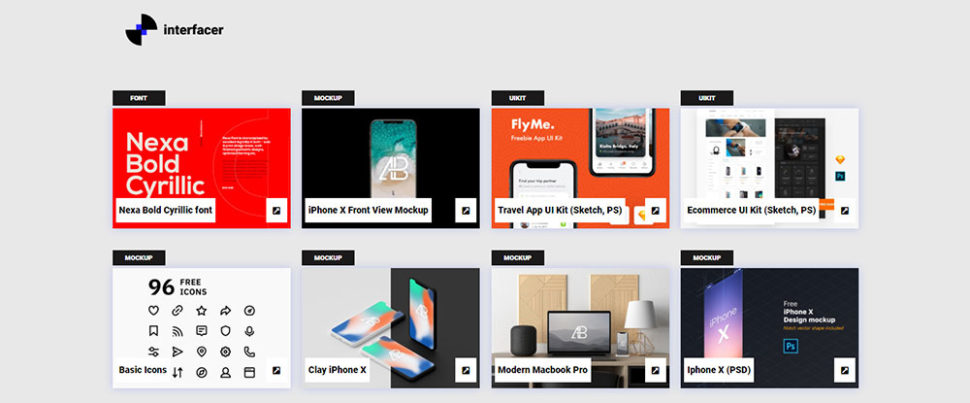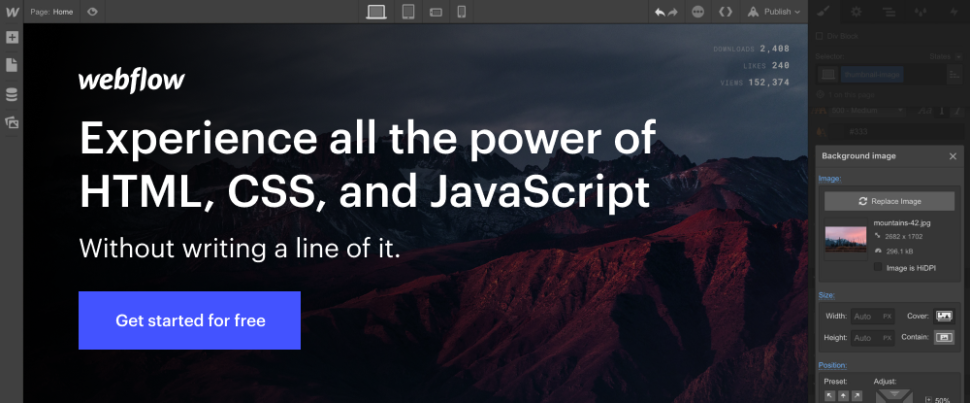The hottest UX and UI tools you’ll want to check out today
Companies
used to place the highest priority on delivering bug-free software. There’s
nothing wrong with that of course. Bug-free software is a worthy goal. The
problem is, these same companies neglected to address usability issues. They
did that until their software solutions had been placed into service. At this
time, resolving usability issues often involved significant expense.
Usability issues tend to be more common than
many people realize. The good news is, they can be addressed during the design
phase. Then, they can usually be dealt with at minimal time and expense.
The tools and resources presented here are
precisely what you want to have access to. This is if your intent is to address
usability issues or concerns during the design phase.
Let’s start with:
1. Mason
Mason provides teams with a visual front-end
feature-building environment in which they can collaborate to create app and
other digital product features and seamlessly integrate those features into the
codebases of existing products.
Normally, it can be fairly expensive to make a
change or add a feature to an existing product, even if either is relatively
minor. With Mason, neither software product teams or clients are forced to wait
for the next deployment cycle to make a change or add a feature. Mason makes
software maintenance far easier, faster, and less expensive than what people
have become accustomed to.
Since Mason takes care of the coding,
developers can focus on larger and more complex tasks and leave it up to the
designers to create and deploy robust and secure software features and fixes.
Mason is easy to work with, transparent, and
completely non-intrusive, it’s there only when you trigger it, so it won’t wear
your websites or apps down.
2. UXPin
UXPin
is a powerful cloud-based prototyping tool you can use from the very beginning
of the design phase until it’s time to hand the design over to the developers.
Design, prototype, collaborate all in one place. It’s one of the few design
tools that allows you to design from coded components. Its use is based on the principle that one of
the best ways to create a top-tier UX is by using an iterative wireframing and
prototyping approach.
UXPin enables teams to share design information
as needed, including with their clients and other project stakeholders.
This design information can take the form of
concept-proving wireframes, low-fidelity prototypes to share with others for
feedback, and interactive high-fidelity prototypes that have the look and feel
of the real thing for user testing and design approval and buy off.
UXPin is designed to help you significantly
reduce design, development, and product time, while ensuring consistency of
design from one software solution to the next.
3. Interfacer

Interfacer
not only offers a practical solution to your need for a comprehensive library
of design aids, but it’s a fun resource to have at your fingertips as well.
This resource “library” is actually a collection of mini-libraries that feature
hundreds of Google fonts, icons, UI Design kits, images, and templates for
websites, landing pages, special pages and more.
Best of all, the quality throughout is
excellent and everything is free for commercial use.
4. Webflow

There’s no need to invest in separate tools or platforms to manage your website design, development, and hosting needs. Webflow gives you a code-free, all-in-one solution that includes building a client-friendly CMS for each website or app you create — not to mention completely custom layouts and interactions. Designed for creative web designers, Webflow is easy to work with whether you’re a long-time designer or a beginner.
Why should you concern yourself over UX design and these tools?
A
friendly UX encourages visitors to see their journey to its end
We’ve all been there. Looking for a particular
product or service on the web and finding several good websites.
They promote the same products or services, but
one stands out from the others. It was quick and easy to find what we were
looking for. The experience was in fact so enjoyable that we decided to
bookmark the website.
Wouldn’t it be wonderful if the website or app
in question belonged to you?
A
compelling UX design can increase loyalty to your brand
The ability to provide a good user experience
is key to the success of your business. It helps to build trust in your brand,
your product line, or your service. The UX you design can also help to
establish longstanding customer relationships. Seamless and enjoyable
interactions that encourage customer participation should be your goal.
Great
UX designs can encourage word of mouth referrals to new customers
Word of mouth has always been an effective way
to generate new business, and it’s no different in the digital world. People
like to share pleasant experiences. Provide a good online experience to your
users and they’ll want to tell the world about it.
Make the buying process a smooth and pleasant
one for your users. An opportunity will arise to recommend someone to friends
over social media. Whose business will that be? Yours?
Conclusion
The four UX and UI tools and resources
described above have several things in common. If you make a choice, it most
likely be one that best addresses your particular needs.
These UX/UI tools are fast, efficient, and
effective. The collection of design aid mini-libraries should help you. You can
steer clear having to reinvent the wheel.
You can also avoid extensive searches for special fonts, icons, or UI
kits.
Read More at The hottest UX and UI tools you’ll want to check out today
